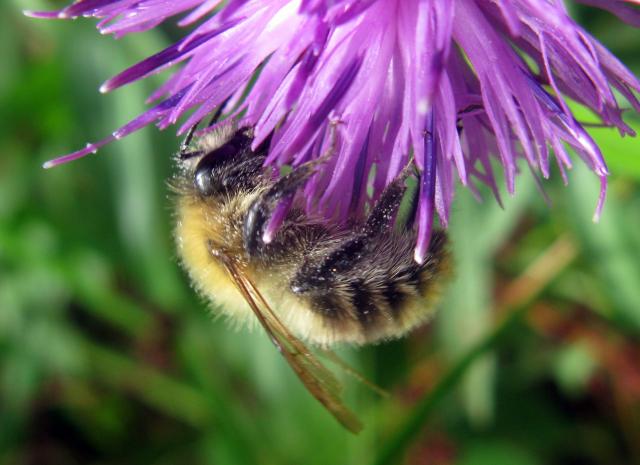Home / Nature - Animals / Invertebrates / Invertebrates - Autumn / Invertebrates - September / Common Carder Bee (Bombus pascuorum)
 Common Carder Bee (Bombus pascuorum)
Common Carder Bee (Bombus pascuorum)
Show/Hide_Details
Added:
17th Sep 2011 by Diane Earl
Subjects:
Biology, Environmental Science
Key Stages:
Foundation, Key Stage 1, Key Stage 2, Key Stage 3, Key Stage 4, Key Stage 4+
Keywords:
bee insect invertebrate
Related Links:
EXIF data:

 [ 1 ]
[ 1 ]  [
[

